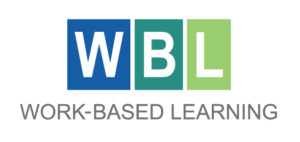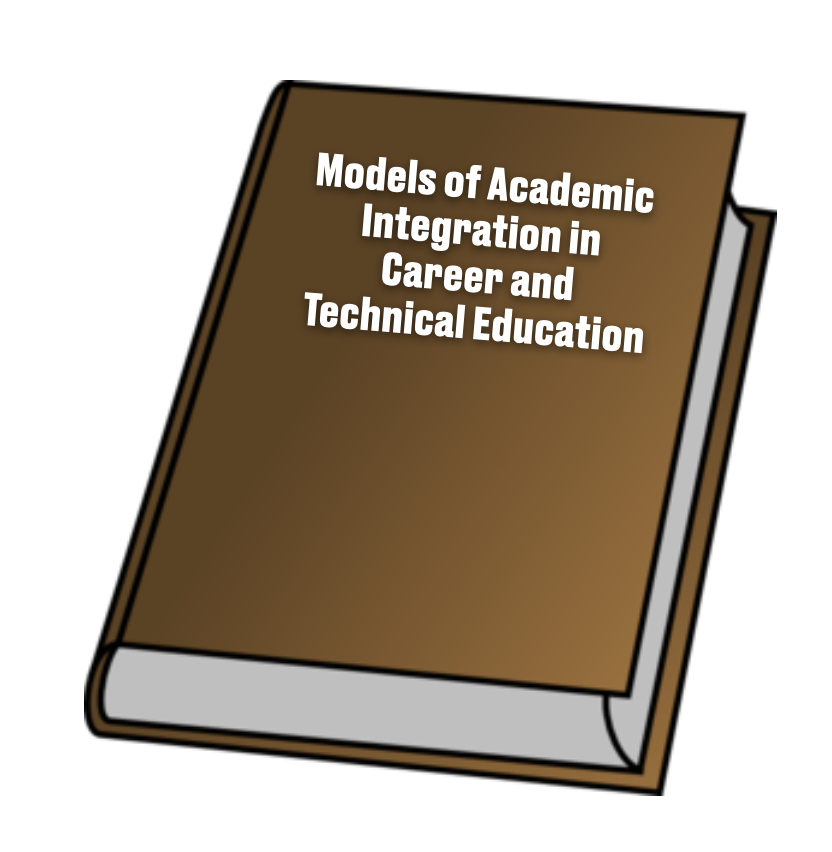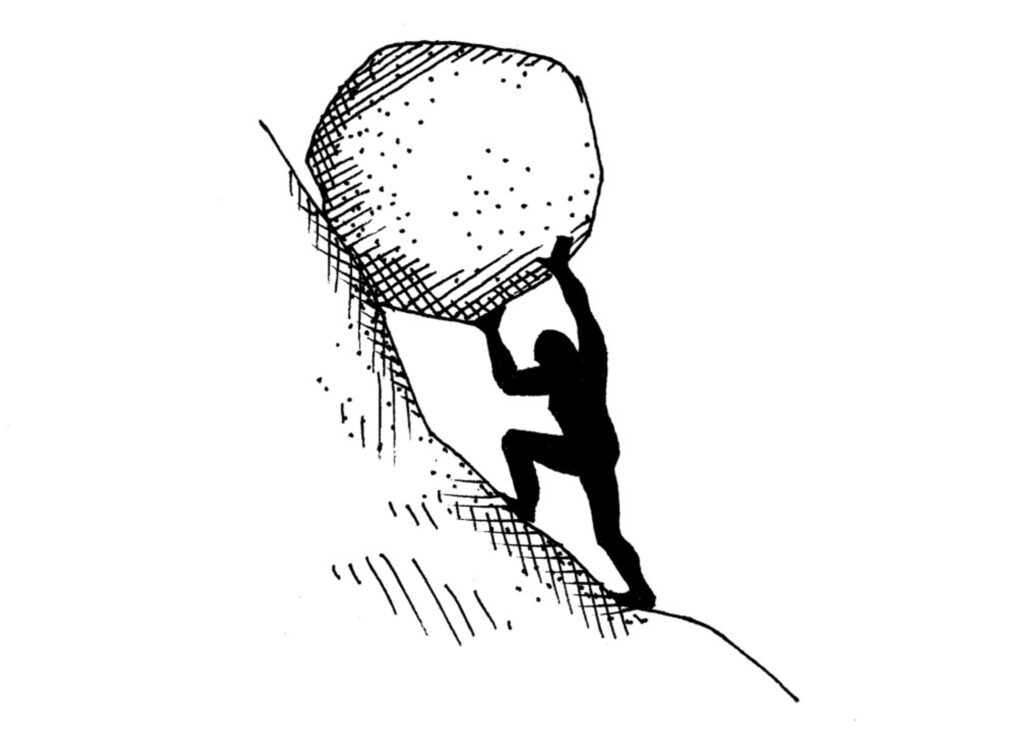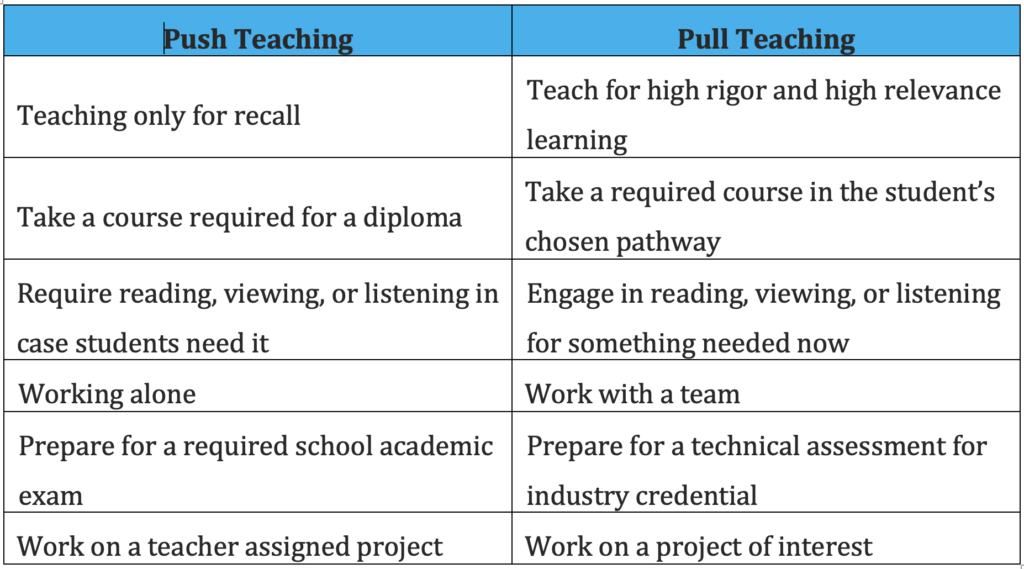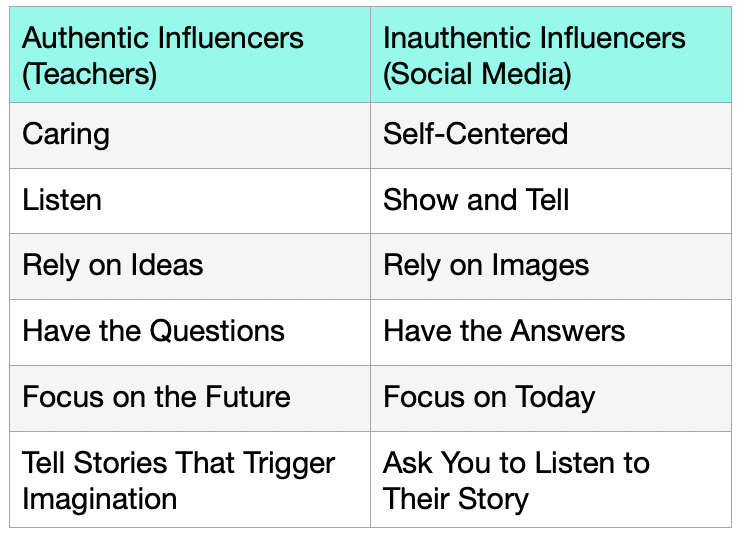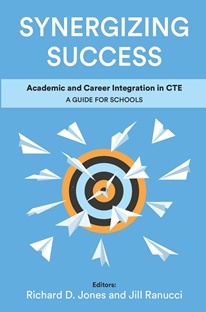
NOTE:I recently created a virtual podcast with Notebook LM to summarize the Synergizing Success book.
Synergizing Success: Academic and Career Integration for CTE is a publication from the Association for Career and Technical Education (ACTE). This book itself is a synergistic effort involving many educators. It emphasizes the importance of integrating academic and career skills in CTE programs. It describes 17 different models of integrating Academic and CTE instruction in high schools. My co-editor and author is Dr. Jill Ranucci from Texas. In addition, another dozen writers offer their expertise and stories of effective collaboration among CTE and Academic teachers. This publication guides schools on academic and career integration in Career and Technical Education (CTE).
High school educators minimally aim to prepare students for success in the real world through diploma requirements and learning standards. However, deeper, more engaged learning is essential for students to be independent, confident, and prepared for success beyond high school. Traditional core subjects often lack relevancy for students to apply their learning to real-world problems. Likewise, CTE programs may develop technical and work habit proficiency but are weaker in developing analytical and critical thinking skills. Connecting Academic and Career and Technical Education (CTE) can improve student performance and assist in the transition to postsecondary education and careers. Collaboration among teachers is key to integrating academic content with real-world projects for deeper and more relevant learning.
The publication offers guidance for school leaders in determining and supporting models of integration for the existing school community by:
- Defining CTE academic integration as the application of academic knowledge within technical skills, promoting lifelong learning and real-world problem-solving.
- Understanding why integration benefits all school stakeholders.
- Showing connection to existing school improvement initiatives.
- Advocating for effective state roles for integration.
- Identifying the obstacles to overcome.
- Suggesting flexible actions to overcome obstacles.
- Defining the important roles of school leadership.
- Encouraging involvement of the community.
- Reminding leadership of the supervisory role in implementation.
- Encouraging staff professional growth.
- Suggesting role of CTE student leadership organizations.
The publication discusses various integration models that can be used to incorporate academic standards into Career and Technical Education (CTE) instruction. These models include common-themed lessons, project-based learning, career-connected academic courses, career academies, and more. The models vary in the level of planning and collaboration required for effective integration. Examples are provided for each model, showcasing how they can be applied in real-world scenarios. The models cover a range of strategies, from enhancing literacy in CTE to empowering special populations. Different types of schools, such as comprehensive middle and high schools, technical high schools, and regional technical centers, can choose the most suitable integration models based on their organizational structure. The models aim to improve student engagement, academic achievement, and career readiness.
This book is only the beginning of sharing practices to enhance CTE and Academic Integration. Join us in the online community.


